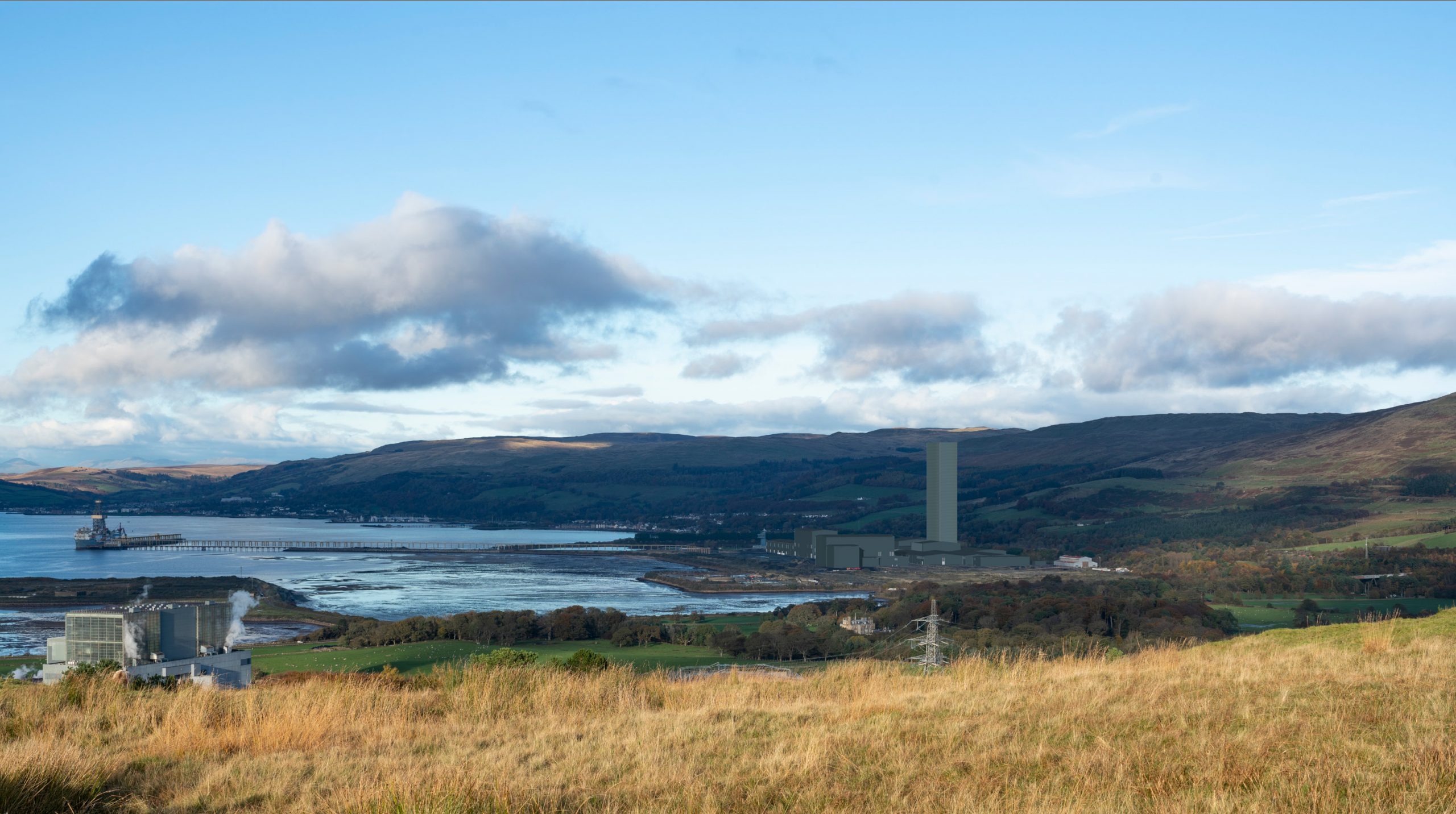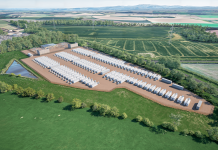Scotland’s part was confirmed today in high private sector ambitions to pump low carbon Moroccan wind- and solar-derived electricity to Britain under thousands of miles of ocean.
Grant-givers at Scottish Enterprise have released £9 million of tax-payers’ funds to re-purpose Hunterston, the former nuclear plant on the Ayrshire coast, as a factory making high-voltage cable for the £1.4 billion marine section of the Xlinks venture. At full operation later this decade, a re-purposed Hunterston could employ as many as 900 permanent, highly skilled workers.
Essex-based developers Xlinks, headed by McKinsey alumnus Simon Morrish and ex-Tesco’s boss Dave Lewis, could not find a global supplier capable of competitively supplying the four cables needed for the £18 billion mega-project.
In the face of international political uncertainties confronting Xlinks, they decided to build their own factory on Scotland’s coast.
XLCC, the sister company set up by Xlinks to build the HVDC cable at Hunterston, budgets at £1.4 billion the costs of converting its activities from atom-splitting to twisting miles of metal thread.
Xlinks requires four HVDC connections each 3,800 kilometres long, the world’s longest. They will link solar and wind farms in southern Morocco via the Bay of Biscay to landfall at Alverdiscott, north Devon, and a reserved input to the National Grid.
Hunterston B ceased nuclear generation in January 2022, after 46 years. Its Magnox sister, Hunterston A, went dark in 1990.
Owners EdF have scheduled defueling of Hunterston B to start in 2025, a year before the Nuclear Decommissioning Authority’s Magnox arm is due to take formal control of the site.
Confirmed today, Scottish Enterprise’s handout has followed North Ayrshire planners’ approval of the cable-making facility.
Recipient XLCC’s business case for its grant application rests on industry projections that worldwide demand for new subsea power transmission will outstrip supply by two-and-a-half times as soon as 2030.
Some international cable makers are reported to have nine years’ worth of work already on order, thus presenting a critical bottleneck for long-distance transmission of clean power varieties from their sunniest or windiest spots of origin, to populated centres of highest demand.
Ian Douglas, boss of the cable maker welcomed Scottish Enterprise’s decision. ”As XLCC continues to work towards building a greener future for Scotland and the wider UK’, said Douglas, ‘investing in and mobilising the power of local communities is vital.
”Green energy is the future, and we want to empower Scotland to be part of the transition.”
In quest of maximum benefits for the nation and its south-west, he pledged XLCC will work closely with Team Scotland and its partners including Scottish Enterprise, North Ayrshire Council, Skills Development Scotland and local schools and training institutions.
Cabled, not wireless
Adrian Gillespie, CEO of Scottish Enterprise, said: “XLCC’s plans for Hunterston have the potential to be transformational for the regional economy and an extremely important addition to Scotland’s offshore renewables capability. Together with our Team Scotland partners, we’re working closely with the company as it seeks to address the enormous and growing demand for HVDC cables both in Scotland and internationally.”
From Edinburgh’s devolved government, wellbeing and economy secretary Neil Gray MSP added: “This milestone £1.4 billion project is a welcome vote of confidence in Scotland’s renewable energy revolution. That is why Scottish Enterprise is supporting it with £9 million to attract wider private sector investment“.
North Ayrshire Council’s leader Cllr Marie Burns echoed them: “This is one of the largest ever investments in Scotland and the significance of this development cannot be overstated. It is incredibly exciting for the North Coast, North Ayrshire and beyond.




